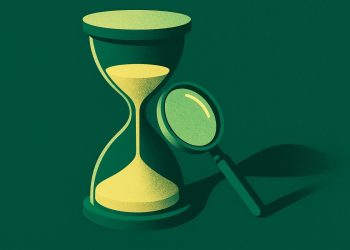A solo creator can now make as much content as a whole agency by using AI tools and smart workflows. With apps like Notion for planning, and AI like ChatGPT and Claude for drafting and editing, one person can quickly create blogs, social posts, emails, and more. Each tool is trained to match the creator’s style, and everything is organized and scheduled by bots. While this boosts productivity, it doesn’t always mean less work—creators just get more projects. To keep things honest, creators check AI for mistakes and tell clients what was written by machines.
How can a solo creator produce agency-level content output using AI tools?
A solo creator can achieve agency-level content by leveraging a strategic AI workflow: start with a Notion-based “second brain,” use AI tools like Claude and ChatGPT for drafting and editing, train them on detailed style guides, and automate scheduling. Documenting workflows ensures consistency and scalability.
In 2025, one solo creator now turns out an entire agency-level content calendar in under two weeks. The recent piece on Every reveals how she delivered 8 blog articles, 3 ebooks, 24 LinkedIn posts, 8 carousels, 24 X posts, 16 Instagram assets, 16 Facebook group posts, and 24 emails in that time, a volume that previously would have demanded a five-person team. 2025’s Creator Economy Statistics That Will Blow You Away
Her six-step workflow begins with a “second brain” built in Notion and ends with a product-manager bot that schedules every asset across seven channels. In between, Claude acts as thought partner, ChatGPT becomes a draft factory, Lex polishes tone, and Spiral multiplies one asset into dozens of micro-angles. Each tool is trained on a 30-page style guide containing voice, persona, and keyword matrices, a setup investment that averaged 22 hours of prompt engineering before the first client deliverable.
Once the templates are locked, scaling is frictionless. A single long-form article is fed into a prompt stack that produces a LinkedIn carousel, 3 tweet threads, and an email teaser within six minutes. Client approvals happen in shared Slack channels where Claude surfaces questions and applies last-minute edits automatically.
Yet the productivity surge carries a hidden cost. The author notes that gains have not translated into shorter weeks but into additional retainers, echoing Keynes’ 1930s prediction that technology would give us 15-hour workweeks, a vision still unrealized. Freelancers using similar systems report a 3.8× increase in output but only a 1.4× rise in free time, according to Optimizely’s 2024 survey of 1,200 creators. Freelancer Study 2024 (Freelancermap, PDF)
Ethical watchpoints are now protocol. A quarterly audit cross-checks every AI-generated article for factual drift, and a disclosure clause informs clients which sections were machine-drafted. This transparency has helped her win three Fortune 500 accounts that initially feared brand dilution.
Practical takeaway: build one airtight workflow for a single content type, document every prompt, then clone and adapt. Creators who skip the documentation phase see 40 % higher revision rates, per Magai’s 2025 benchmark report.



















